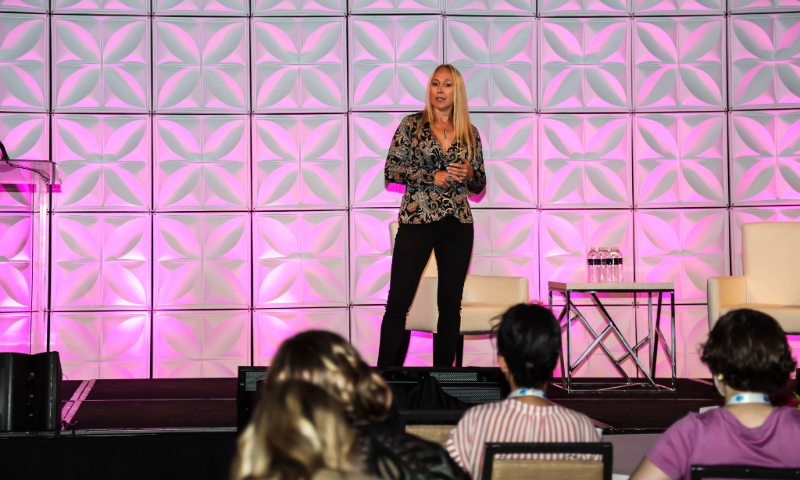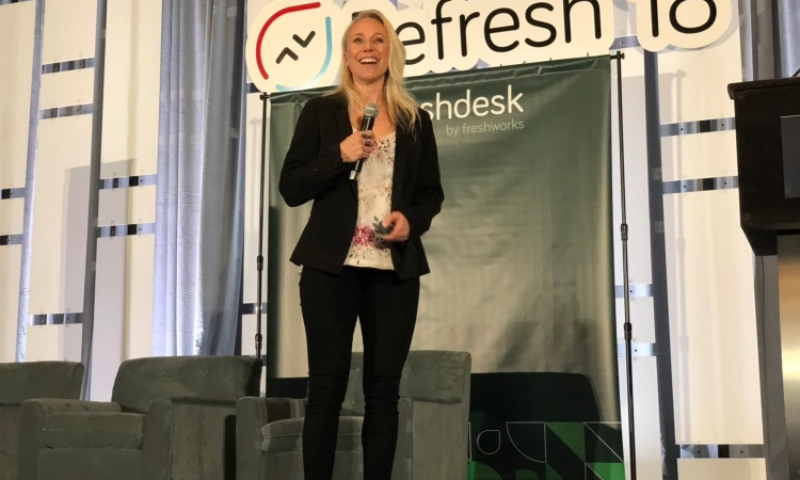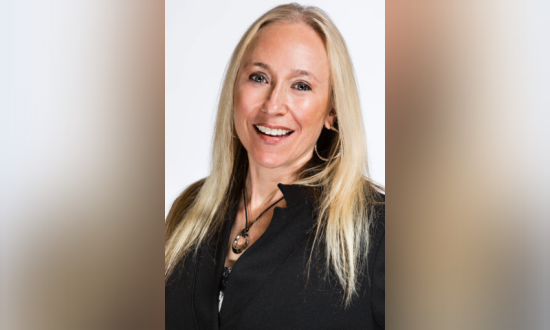With 30+ years in the customer experience profession, Annette Franz, CCXP, founder and CEO of CX Journey Inc., is an internationally recognized customer experience thought leader, coach, keynote speaker, and author of Customer Understanding: Three Ways to Put the “Customer” in Customer Experience (and at the Heart of Your Business) and Built to Win: Designing a Customer-Centric Culture That Drives Value for Your Business [Advantage|ForbesBooks]. She is a Certified Customer Experience Professional (CCXP) and an official member of the Forbes Coaches Council.
Recently, in an exclusive interview with CXO Outlook Magazine, Annette shared her professional trajectory, the mission and vision of CX Journey Inc, personal hobbies and interests, future plans, words of wisdom, and much more. The following excerpts are taken from the interview.
Hi Annette. How did you first get into customer experience, and what inspired you to stay?
I don’t really have an exciting story about how I got into CX. It was quite random. I was born and raised on a farm in Ohio. I actually wanted to be a veterinarian. That didn’t play out, but that’s OK. My first opportunity to get into this field came from a newspaper ad that posted a job opening at J.D. Power and Associates. I love math, and I love writing, which are two basic market research skills. So, I thought I’d give it a try, and I ended up loving the work that we did. A lot of it was focused on analyzing and understanding customer satisfaction and customer loyalty; we definitely didn’t call it customer experience that back then. I really enjoyed working with businesses to help them understand that connection between doing things right and doing the right things for customers – and how that translated to success for the business.
What is the mission and vision of CX Journey Inc.? What sets it apart from other market competitors?
The mission is all about building winning organizations by helping brands put the “customer” in customer experience.
Guided by a commitment to customer-centricity and the empowerment of employees, CX Journey Inc. envisions a future where businesses thrive through genuine connections, exceptional experiences, and a culture that fosters both customer delight and employee fulfillment.
What sets me apart from many of my competitors: I focus on culture first. Without that foundation in place, the rest of it is pointless.

In your experience, how can organizations effectively bridge the gap between customer experience (CX), employee experience (EX), and user experience (UX) to create a holistic approach that benefits all stakeholders?
First, there need to be clear definitions of what customer experience and user experience are – and that one is a subset of the other.
Second, there needs to be an awareness that the employee experience drives the customer experience. Without employees, you have no one to design, build, sell, install, implement, or service the product for the customer. No product, no customer needed.
Third, deliberately designing a customer-centric culture where everyone puts the customer at the center of the business, where there are no discussions, decisions, or designs without bringing in the customer voice. A customer-centric culture, by definition, is collaborative. Everyone must be working together, sharing data and insights, to deliver a cohesive experience for customers.
As a customer experience expert, what key performance indicators (KPIs) or metrics do you recommend organizations should track to gauge the effectiveness of their CX, EX, and UX initiatives?
The main KPIs that I advocate for include customer satisfaction, customer effort score, and customer lifetime value. If there was a metric for customer expectations, I’d advocate for that one, too. The metrics ought to be about the customer, and if we haven’t met their expectations, we haven’t succeeded.
How do you see the role of technology, specifically data analytics and AI, in shaping the future of customer experience? Are there any specific tools or platforms that you believe are essential for organizations to adopt?
Technology is a tool that facilitates and supports the experience that customers are having. Given that data is at the heart of designing and delivering a great customer experience, technology plays a critical role in shaping and delivering the customer experience. And AI is already reshaping the experience, including how brands and customers interact, how journeys will be orchestrated, and more. Using AI and automation to streamline processes for employees and to remove repetitive tasks that waste precious time means more time for value-added work and more time for customers!
There are a lot of different tools that brands need to adopt, e.g., predictive analytics, prescriptive analytics, text analytics, journey orchestration, data prep tools, BI, data visualization tools, etc. The key is that they find a platform that has all or many of these tools integrated into it. It’s time to get away from disparate systems and have one platform that can do it all. This simplifies things for both the employee and the customer.

What is your leadership style, and how do you foster a culture of collaboration and excellence within the team?
I have been told that I am a fair, caring, people-first leader. Advocating for my team has always been a top priority. Those who have worked for me in the past would be happy to do it again. Communication and education are a big part of driving a culture of collaboration and excellence. Taking the time to get to know each person as an individual; talking about goals, aspirations, and frustrations; and helping them achieve those goals and overcome those frustrations are important to me as a leader.
Looking back now, what is one thing you wish you knew at the beginning of your career?
I wish I knew… How challenging it would be for a woman in a leadership role. How challenging it would be for a woman to climb the ladder, in general.
I guess I had a sense of it, but reality can be so much more cruel than the perception.
What are your passions outside of work?
Outside of work, I love fitness and the outdoors. I start every morning with a workout. Outside of that, I enjoy hiking, paddleboarding, pickleball, and anything else that gets me out of the house. I also enjoy going to concerts or just listening to live music wherever that may be.
Where do you see yourself in the next 5 years?
I’m not getting any younger, so one of these days I’ll need to start thinking about retirement. But five years from now, I believe I will still be here, doing what I love to do.

What are your tips for delivering great CX with a limited budget?
The crazy thing is that everything a business does is about and for the customer. So, in theory, there should never be a limited budget. But there is because executives would rather spend money on doing things to acquire customers (e.g., advertising, promotions, discounts, freebies) than what it takes to retain them (e.g., improve the experience).
But there are things that brands can do in the normal course of business that facilitate delivering a great experience. First and foremost, deliberately design a customer-centric culture.
Here’s what else you can do:
- Listen to customers (there are low/no-cost approaches to doing this – voice of the customer isn’t just about surveys)
- Map the customer journey and fix some of the low-hanging fruit (you may find some simple, no-cost fixes that can impact the experience)
- Hire the right employees (those with the right attitude, love customers, etc.)
- Improve the employee experience – make sure they have the tools, training, and resources needed to do their jobs and to serve their customers.
- Revisit and fix broken or cumbersome processes.
- Take a look at policies and procedures and find and fix inefficiencies.
What is the one trend or approach in CX that every organization should be implementing?
One trend that every organization should be implementing is personalizing the customer experience. It’s not just a trend, it’s an expectation. Customers expect their interactions with your brand to be personalized. Doing so enhances customer engagement, increases conversion rates, improves satisfaction and advocacy, and drives operational efficiencies.


